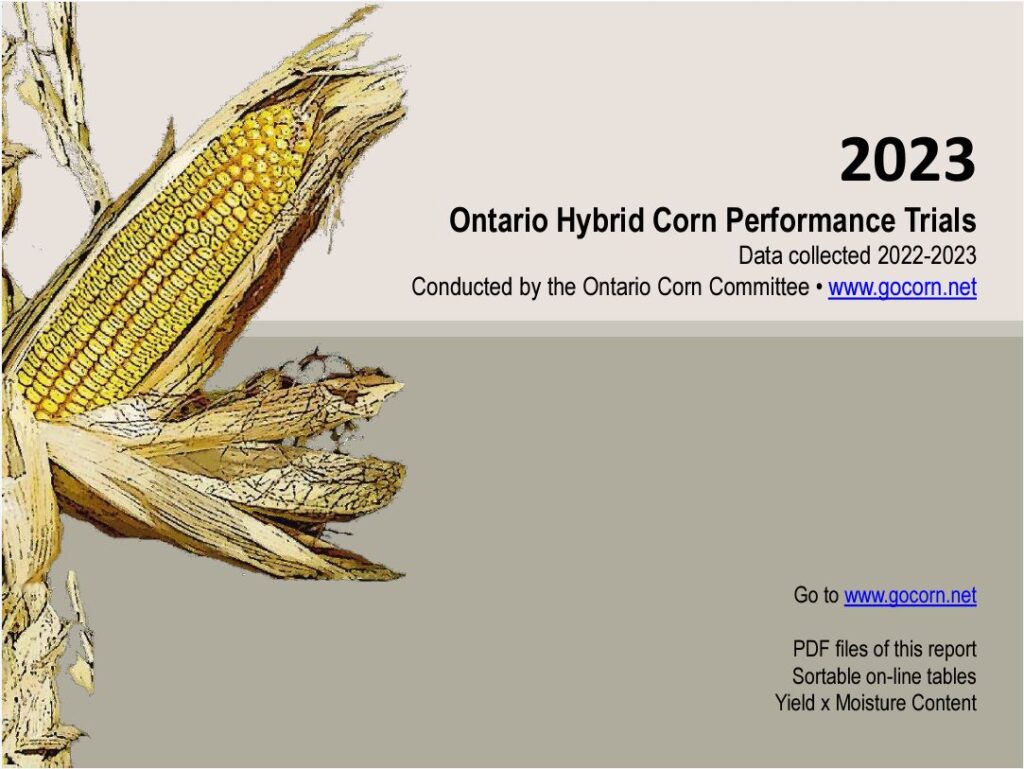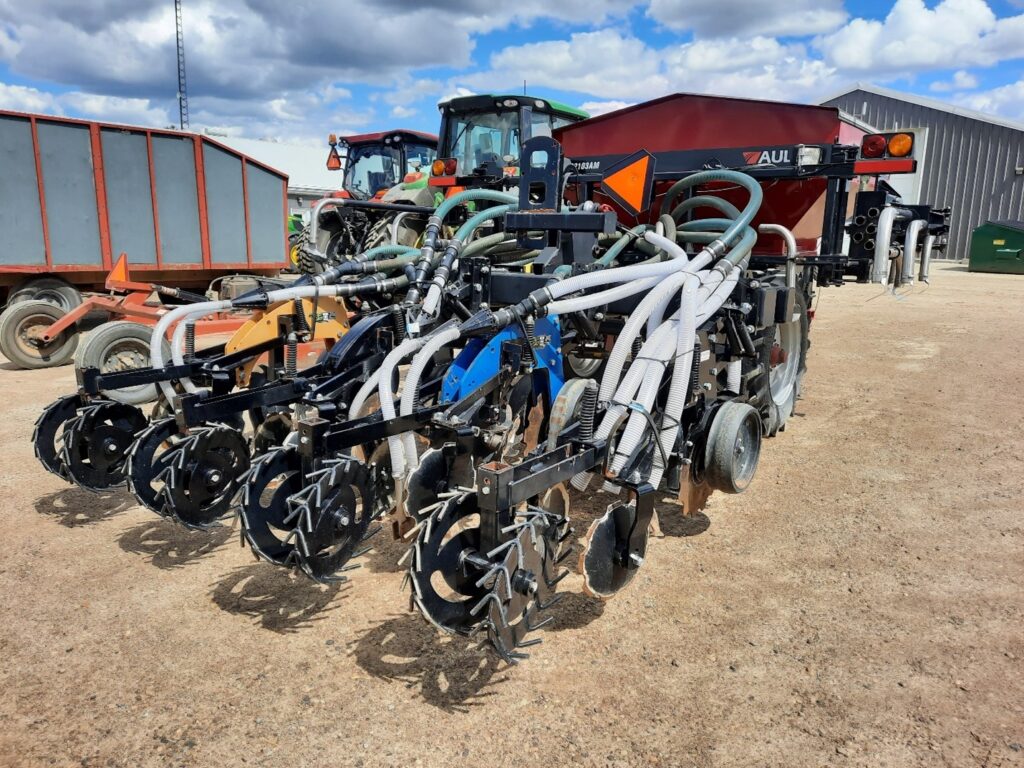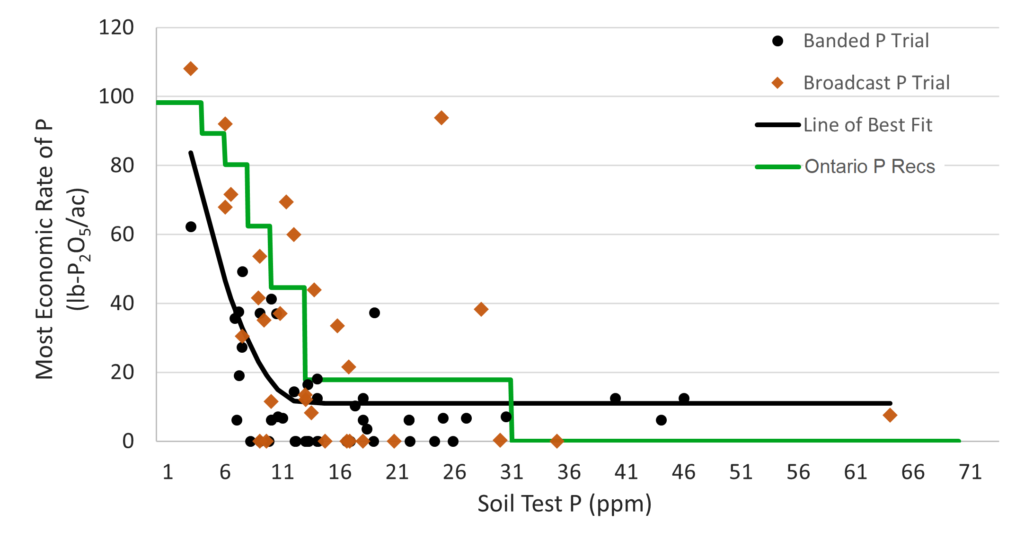NEW LINK for the Great Lakes and Maritimes Pest Monitoring Network!
The Great Lakes and Maritimes Pest Monitoring Network (GLMPMN) website has been upgraded and has a new permanent link: https://experience.arcgis.com/experience/7164d23d488246d198dcf7a07d8c9021 Please bookmark this new link and use it going forward to enter any trap sites and trap data. The same link should work well for both desktop browsers and mobile devices. Everything is still the […]













